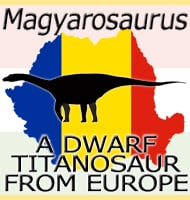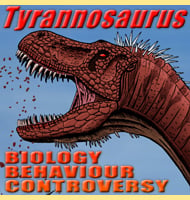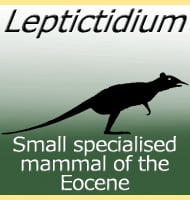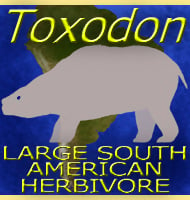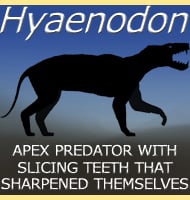In Depth
Charitomenosuchus is a genus of thalattosuchian that lived in European waters towards the end of the middle Jurassic period. As a thalattosuchian, Charitomenosuchus is more popularly known as a ‘sea crocodile’, and a member of a group of marine reptiles that seem to have spent most if not all of their lives in the water. The Charitomenosuchus genus was born out of a major revision of fossils attributed to the much older Steneosaurus genus that for a long time was treated as a waste basket taxon. This term is used to describe a genus where fossils with only a remote similarity are attributed to a genus without more in depth study.
Further reading
- On some new steneosaurs from the Oxford Clay of Peterborough. - Annals and Magazine of Natural History. - C. W. Andrews - 1909.
- The phylogenetics of Teleosauroidea (Crocodylomorpha, Thalattosuchia) and implications for their ecology and evolution. - PeerJ. 8: e9808. - Michela M. Johnson, Mark T. Young & Stephen L. Brusatte. - 2020.


